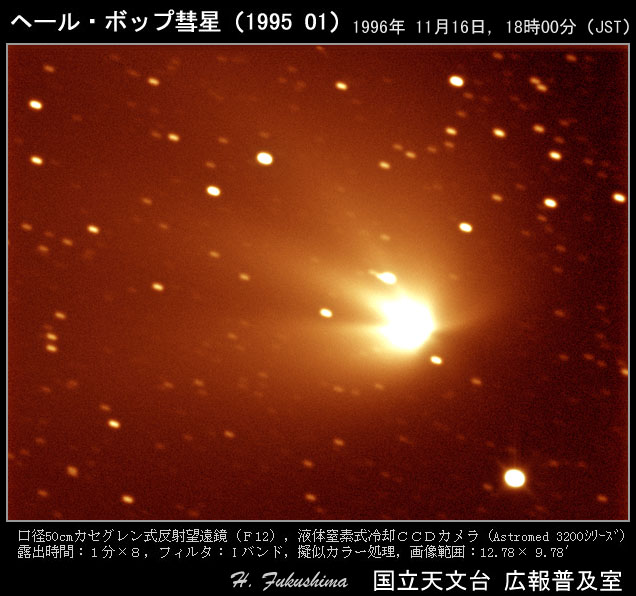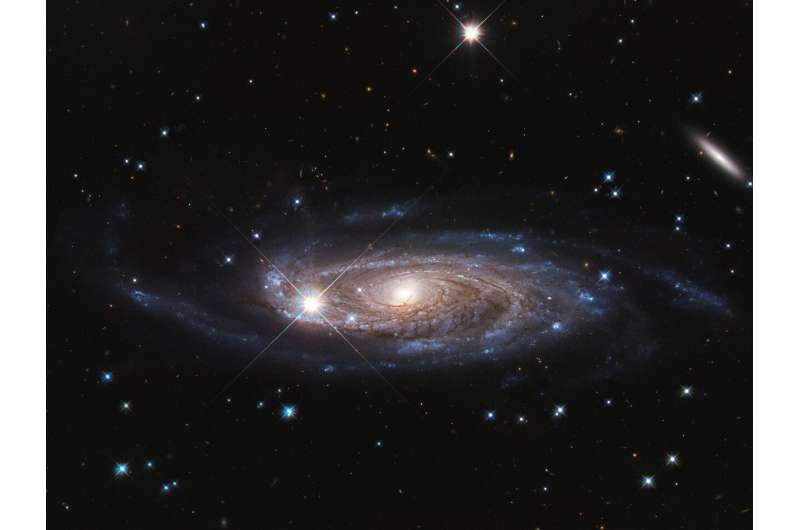

The diffraction spikes of the NASA/ESA/CSA James Webb Space Telescope, on the other hand, are six-pointed as a result of Webb’s hexagonal mirror segments and 3-legged support structure for the secondary mirror. The four spikes surrounding the stars in this image are created by four vanes inside Hubble supporting the telescope’s secondary mirror. These prominent artefacts are created by starlight interacting with Hubble’s inner workings, and as a result they reveal hints of Hubble’s structure. Hubble also left its own subtle signature on this astronomical portrait in the form of the diffraction spikes surrounding the bright stars. Data from the Advanced Camera for Surveys and Wide Field Camera 3 at infrared and visible wavelengths were layered to reveal rich details of this corner of the Orion Nebula. This image overlays data from two of Hubble’s instruments. Orion Variables are often associated with diffuse nebulae, and V 372 Orionis is no exception the patchy gas and dust of the Orion Nebula pervade this scene. These young stars experience some tempestuous moods and growing pains, which are visible to astronomers as irregular variations in luminosity. The very first finely-phased image ever released by NASA's James Webb Space Telescope shows a single image of a star, complete with six prominent diffraction spikes (and two less-prominent. V 372 Orionis is a particular type of variable star known as an Orion Variable. The six diffraction spikes from the rim along with the two horizontal diffraction spikes from the struts, for a total of eight diffraction spikes. Both stars lie in the Orion Nebula, a colossal region of star formation roughly 1450 light years from Earth. 'The brightest stars in this image are adorned with prominent cross-shaped patterns of light known as diffraction spikes,' ESA officials wrote in the statement. Improving the precision of distance measurements helps astronomers quantify how quickly the Universe is expanding - one of Hubble’s key science goals.The bright variable star V 372 Orionis takes centre stage in this image from the NASA/ESA Hubble Space Telescope, which has also captured a smaller companion star in the upper left of this image. UGC 9391 helped astronomers improve their distance estimates by providing a natural laboratory in which to compare two measuring techniques - supernova explosions and Cepheid variables.

For distances beyond this, astronomers rely on a set of measured correlations calibrated against nearby objects. Astronomical distances are only directly measurable for relatively nearby objects - closer than 3000 light-years or so. This image is from a set of Hubble observations which astronomers used to construct the “ Cosmic Distance Ladder” - a set of connected measurements allowing the distances to the most distant astronomical objects to be determined. These bright nearby stars are ringed with diffraction spikes - prominent spikes caused by light interacting with the inner workings of Hubble’s complicated optics. The image also features some much brighter foreground stars closer to home. Abell 370 is a cluster with several hundred galaxies at its core. These diffraction spikes, although intrinsic to every stellar image formed. The star-studded spiral arms stand in splendid isolation against a backdrop of distant galaxies, which are only visible as indistinct swirls or smudges thanks to their vast distances from Earth. NASA’s Great Observatories Hubble, Spitzer, and Chandra teamed up in 2013 for the Frontier Fields, a bold multi-year campaign to provide critical data to aid investigations of dark matter and how galaxies change over time, among others. Hubble observations are handed out in units called orbits, and Hubble orbits. This galaxy resides 130 million light-years from Earth in the constellation Draco near the north celestial pole. The lonely spiral galaxy UGC 9391 is shown in this image from the NASA/ESA Hubble Space Telescope’s Wide Field Camera 3.


 0 kommentar(er)
0 kommentar(er)
